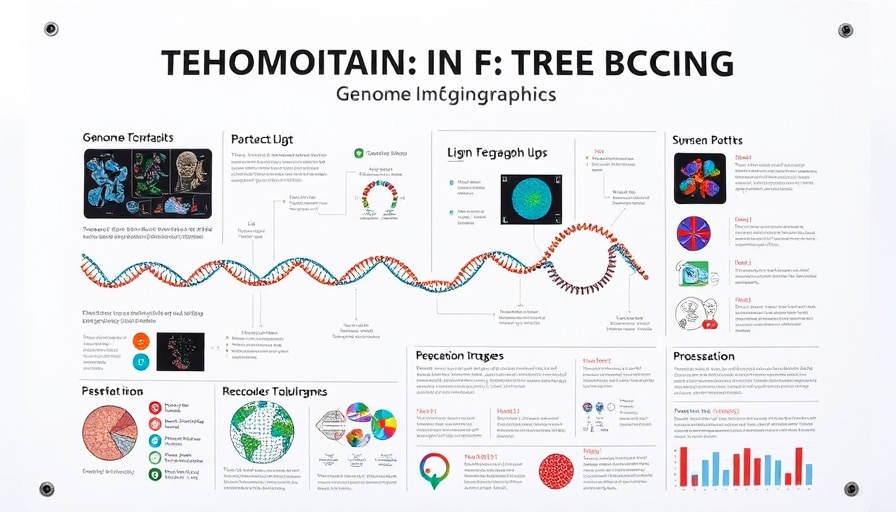
Unlocking the Mysteries of Our Genome: An Innovative Imaging Tool
The human genome, with its complex arrangement of 3 billion molecular units, has long been likened to a ball of yarn. This intricate combination of genes, responsible for crafting proteins, is vital for our health. However, until recently, scientists lacked a method to visualize how different DNA regions interact in real time. What if there was a way to observe these interactions dynamically, shedding light on the mysterious workings of life at a molecular level?
The Game-Changer: Real-Time Genome Imaging
Researchers at Stanford University, led by bioengineering professor Stanley Qi, have developed a groundbreaking imaging tool that allows scientists to observe genome dynamics live inside cells. This advancement marks a significant leap from the traditional methods that provided mere snapshots of DNA interactions in preserved cells; it introduces a fourth dimension—time—into our understanding of genomics. Qi's comparison of their work, stating, "Our work turns Instagram into YouTube," perfectly captures the leap to a more dynamic understanding of biological processes.
Understanding 'Junk' DNA: The Software of Life
Historically, around 98% of our DNA was labeled as "junk" since it did not directly code for proteins. However, this new imaging technique makes it clear that these non-coding regions play crucial roles akin to software driving the DNA program. By visualizing these parts in real time, we can begin to understand how they influence gene expression and, consequently, health and disease. This insight is particularly relevant for conditions such as cancer, where faulty gene expression is often at play.
The Implications for Future Research
As we gain the ability to see how these previously overlooked genetic regions operate over time, we unlock opportunities for minimal-risk explorations into precise biological processes. With applications ranging from fundamental research to biotechnological innovations, this tool can pave the way for personalized medicine approaches, improving our ability to treat and understand various diseases.
Connecting with Broader Health Trends
This imaging tool not only sheds light on the intricate dance of our DNA but also connects with larger trends in health and wellness. Understanding our genomic structure in greater detail may ultimately lead to breakthroughs that empower individuals in their health journeys, enabling preventative strategies and more targeted therapies—all rooted in our understanding of biology.
Inspiring Next-Generation Researchers
This technological leap presents a strong case for encouraging future generations to pursue careers in biotech and biological sciences. As our understanding of the human body deepens, the impact of this cutting-edge tool can inspire students to explore careers that blend technology and biology, potentially leading to innovations that shape the future of medicine.
The world of genomics is evolving rapidly, and thanks to innovative tools like this, our capacity to understand and manipulate the biological world continues to grow. This is an exciting time for both science and health, as the boundaries of possibility in biotech are continuously pushed forward.
If you want to stay updated on the latest trends in health and biotechnology, consider subscribing to our newsletter for continuous insights that can help you in your journey toward a healthier lifestyle.
 Add Row
Add Row  Add
Add 




Write A Comment